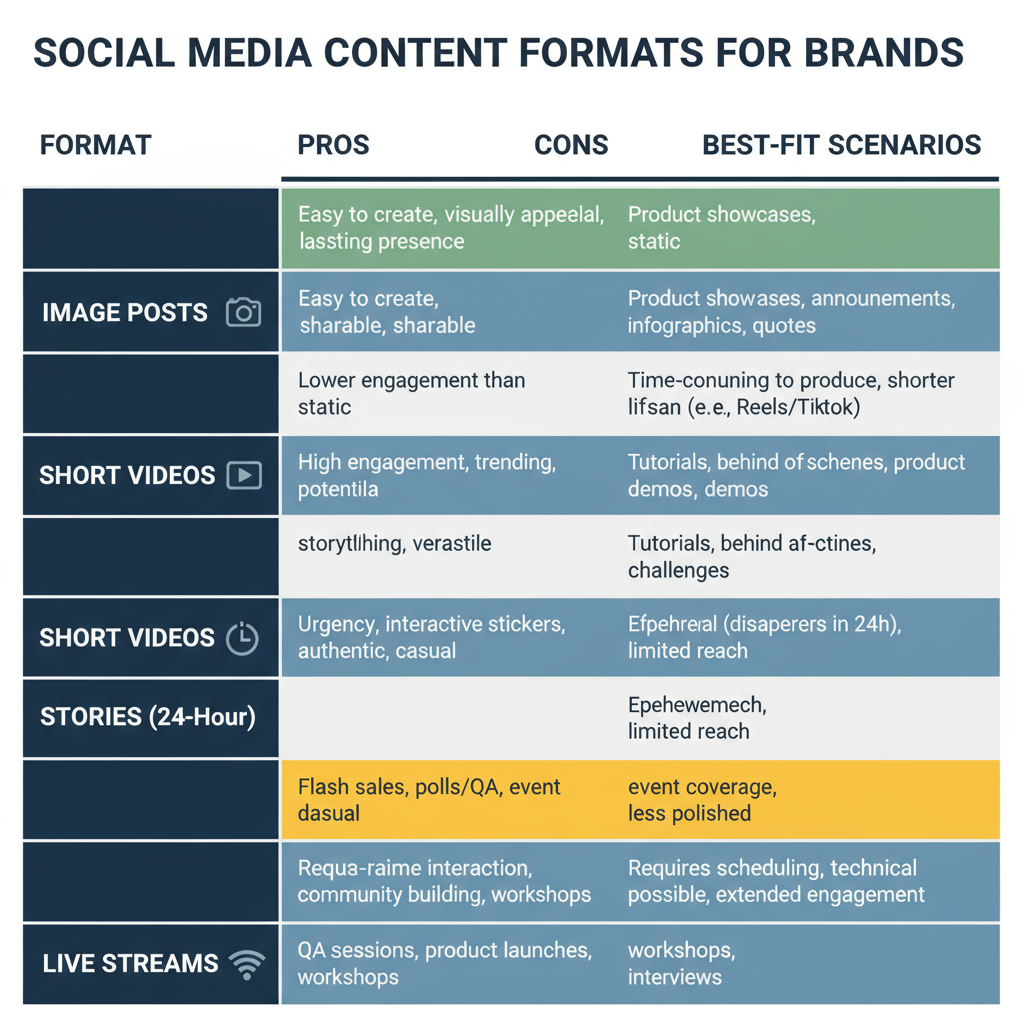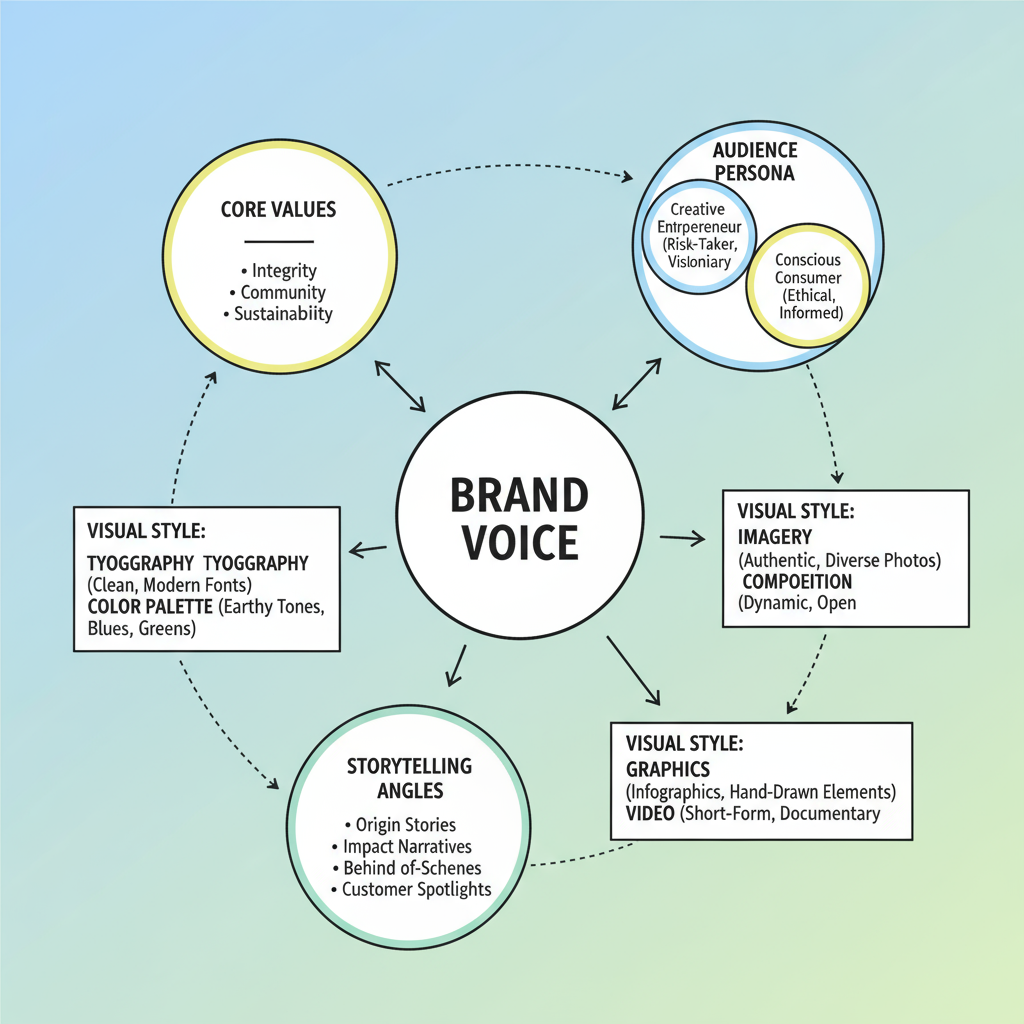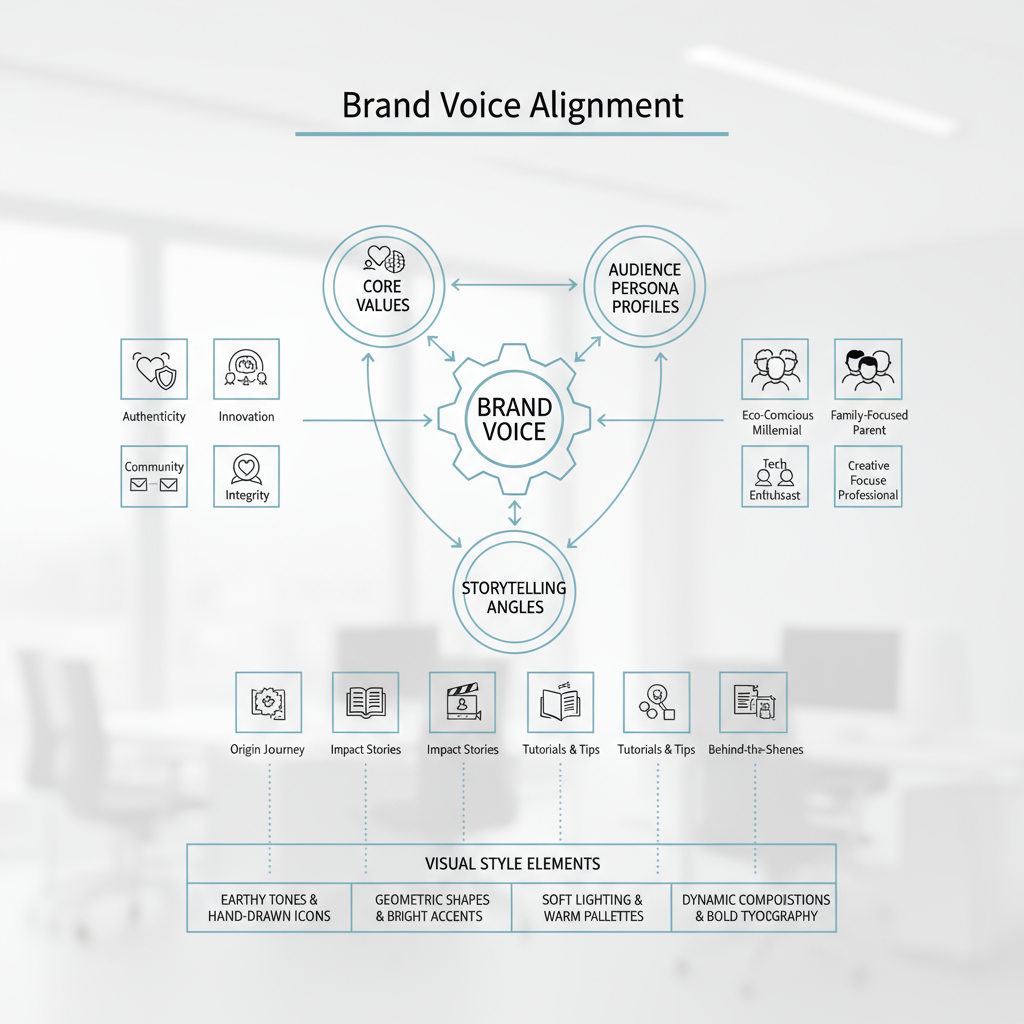Creating Effective Branded Content for Social Media Marketin
Learn how to create impactful branded content for social media using storytelling, platform trends, influencer partnerships, and consistent visuals.

Creating Effective Branded Content for Social Media Marketing
In today’s competitive digital environment, branded content for social media marketing has emerged as a pivotal strategy for businesses aiming to connect with audiences in an authentic way. Unlike traditional ads, branded content uses storytelling, education, and entertainment to integrate your brand seamlessly into the user experience. It builds communities, fosters engagement, and drives conversions — all while enhancing brand loyalty.

---
What is Branded Content in Social Media?
Branded content in social media refers to posts, videos, blog snippets, or interactive experiences created by or in collaboration with a brand and designed to express brand identity through genuine storytelling. The focus is on creating value-laden content that resonates emotionally and logically with audiences rather than pushing overt sales messages.
Core Roles in Modern Marketing:
- Trust-building: Relatable and non-intrusive content helps audiences feel connected.
- Engagement driver: Visual and interactive posts spark conversations and shares.
- Brand positioning: Consistent narratives strengthen authority in your niche.
---
Identifying Your Brand’s Voice, Values, and Target Audience
Defining your brand’s voice and values is the foundation of effective content.
Steps to Define:
- Voice – Playful, professional, inspiring, educational?
- Values – Are you focused on sustainability, innovation, community empowerment?
- Audience – Consider age, location, preferences, and buyer behaviors.
Create persona profiles noting:
- Demographics
- Interests
- Pain points
- Preferred social platforms
---
Researching Audience Preferences and Platform Trends
Every social platform has unique content styles and trends. Understanding these nuances ensures your branded content hits the mark.
| Platform | Content Style | Key Trends |
|---|---|---|
| Visual storytelling, polished imagery | Reels, Stories, interactive polls | |
| TikTok | Short, snappy videos, humor | Challenges, trending audio, authenticity |
| Professional thought leadership | Industry insights, corporate culture posts | |
| Community-driven mixed media | Groups, live videos, event promotion |
---
Crafting Storytelling Angles with Brand Integration
Strong storytelling integrates your brand into narratives that entertain or inform without feeling forced.
Story Ideas:
- Customer success journeys
- Behind-the-scenes looks at product creation
- Industry-related educational guides
- Lifestyle stories showcasing practical product use
Aim for relatable scenarios your audience can identify with.

---
Choosing the Right Content Formats
Match formats to your objectives and platform strengths:
- Reels/Short-form video: Showcase energy, humor, quick tips.
- Stories: Ideal for flash promotions and interactive updates.
- Blog snippets & articles: Build thought leadership and authority.
- UGC (User-Generated Content): Boost authenticity with customer voices.
- Behind-the-scenes: Humanize your brand.
---
Designing Visually Consistent Assets
Ensure brand recognition through design uniformity:
- Consistent color palette
- Standard typography
- Cohesive graphics
- High-quality photography
Useful tools:
- Canva brand kits
- Adobe Creative Cloud libraries
- Figma asset systems
---
Collaborating with Influencers and Creators
Influencer partnerships can expand reach. Choose collaborators aligned with your values and target audience.
Tips:
- Engagement rate > follower count for genuine influence.
- Grant creative freedom for authentic content.
- Define deliverables and timelines clearly.
---
Leveraging Platform-specific Interactive Features
Boost engagement with interactive tools:
- Polls & quizzes in Stories
- Interactive stickers on Instagram
- Hashtag challenges on TikTok
- Live Q&A on LinkedIn or Facebook
Encourage audience participation to strengthen relationships.
---
Ensuring Transparency and Compliance
Disclose paid promotions with tags such as `#ad` or platform “Paid Partnership” labels.
Benefits:
- Build trust
- Avoid legal issues
- Meet ethical marketing standards
---
Measuring Branded Content Performance
Monitoring metrics reveals your strategy’s success.
KPIs:
- Engagement rate: Likes, comments, shares ÷ reach.
- Reach: Unique users who saw your content.
- Conversions: Sales, sign-ups, actions.
| Metric | Tool | Purpose |
|---|---|---|
| Engagement | Native analytics | Track audience interaction |
| Reach | Facebook Insights, Instagram Analytics | Measure visibility |
| Conversions | Google Analytics, tracking pixels | Assess sales/impact |
---
Analyzing Performance to Refine Strategy
Use analytics to identify:
- Effective storytelling angles
- Best-performing content formats
- High-ROI platforms
Iterate campaigns to elevate creative direction and distribution.

---
Best Practices to Avoid an Overly Promotional Tone
Value-first content trumps hard sells:
- Make storytelling useful or entertaining.
- Use soft CTAs over aggressive pitches.
- Balance branded elements with informative or relatable messages.
Example:
Instead of "Buy now for 20% off," try "See how our tool saves hours weekly — plus enjoy a special offer."
---
Conclusion
Developing effective branded content for social media marketing requires a blend of strategy, creativity, and audience insight. Clarify your brand voice, tailor content to each platform’s culture, maintain visual consistency, and engage authentically through storytelling. Harness interactive features, track KPIs, and refine campaigns using data — all while remaining transparent and value-driven.
Done right, branded content transforms social channels into spaces for meaningful conversations, cultivating loyal audiences and delivering lasting business impact. Start planning your next campaign today and watch your brand narrative come alive.




